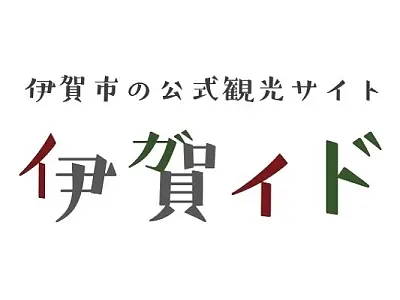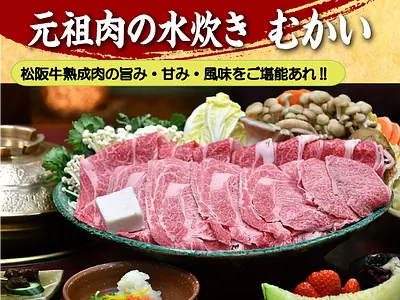Cycling to the Nabari/Soni area. A greedy course to enjoy autumn leaves, pampas grass, and hot springs [Beautiful Mie Bicycle Route Part 12]
掲載日:2021.01.27
NabariCity, located in the western part of Mie Prefecture on the border of Nara Prefecture, is home to scenic spots such as KaochidaniValley and Akame TheAkame48Falls, which are also known for their autumn leaves. What's more, just by taking a short walk from the city center in front of the station, you'll be in an environment that's easy to cycle around. There are also hot spring inns where you can enjoy a day trip bath, making it the perfect way to end your trip!
So this time, we'll be introducing a course that's full of challenges, with lots of uphill climbs, that takes you around Nabari's famous scenic spots and autumn foliage spots, and also visits Soni Plateau, a famous spot for pampas grass near the Nara and Mie prefectural border!
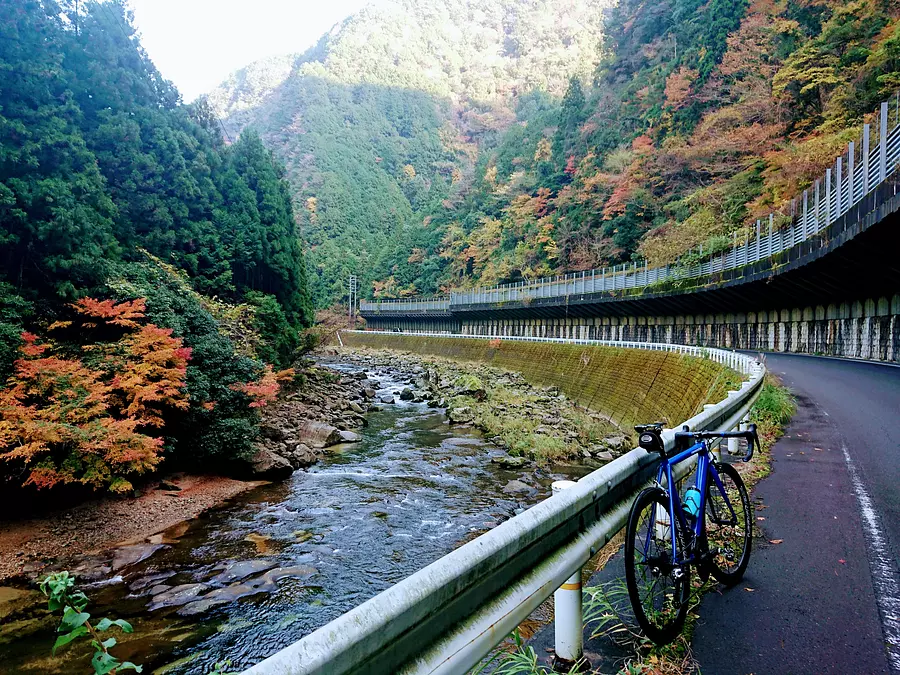
I have been cycling for about 20 years. I love cycling as much as I love three meals and snacks. Because of his love for bicycles, he became a freelance bicycle writer. He rides his bicycle for work, and also enjoys racing and long rides in his private life.
ーーーーーーーーーーーー
What is “Beautiful Country Mie Bicycle Route Diary”? Bicycle writer Masanori Asano, born and raised in Mie Prefecture, will introduce you to the charms of Mie Prefecture while cycling!
Click here for other articles on the “Beautiful Country of Mie Bicycle Route”!
■ Cross the dam and run along the lake to KaochidaniValley for autumn leaves.
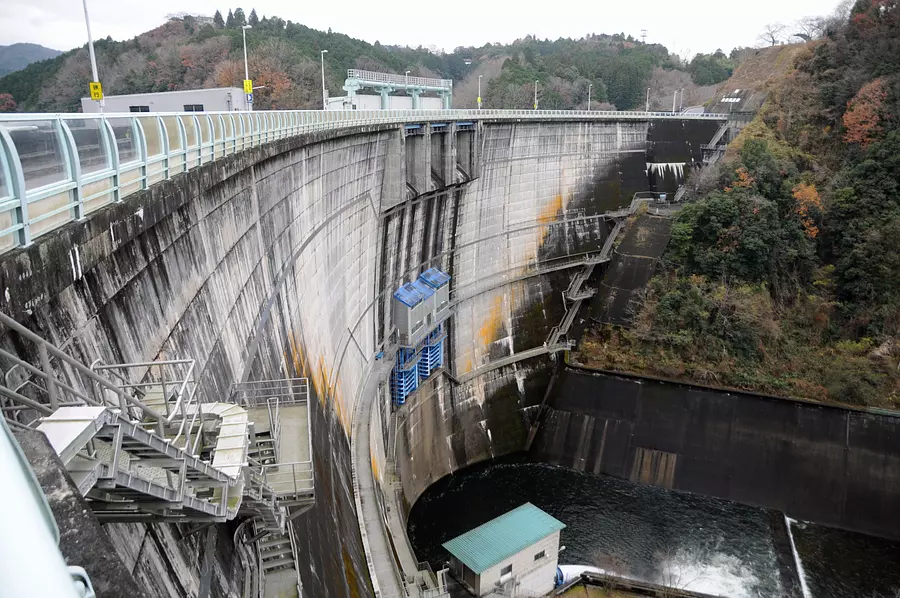
The stage for this cycling trip is Nabari in western Mie Prefecture. It takes about 30 minutes by Kintetsu Limited Express from Tsu and is easily accessible from Nagoya and Osaka. So, we got off at Kintetsu Nabari Station, the starting point for this time! (If you are driving, please use the paid parking lots around the station).
First, we will aim for LakeShorenji. Go south at the rotary at the east exit of the station and turn left at Hirao intersection. Once you cross Route 165, you'll suddenly start climbing, but after warming up, shift to a lighter gear and continue along the road. If you turn right at the 4-way intersection and head east, you will see LakeShorenji and Shorenji Dam in front of you.
Shorenji Dam is an arch-style concrete dam that functions as a water bottle for the Nabari and Hanshin areas. The height of the embankment is 82m, which is 5.5 times the height of the Great Buddha in Nara!
What's more, you can also cross on the dam embankment. The road above the embankment is narrow and cars occasionally pass, so be careful when crossing.
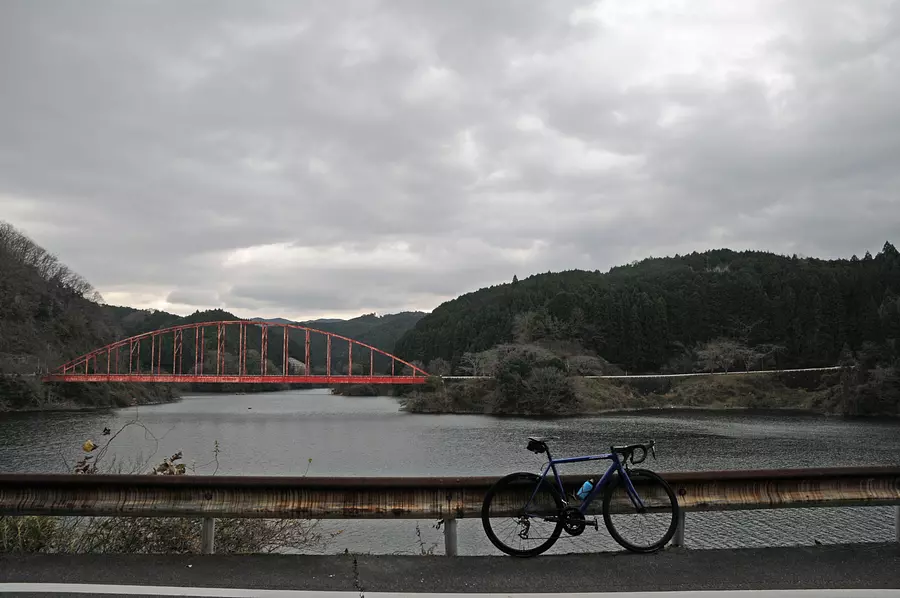
We will run LakeShorenji for a while. There is a red and blue iron bridge over LakeShorenji, and it is quite picturesque.
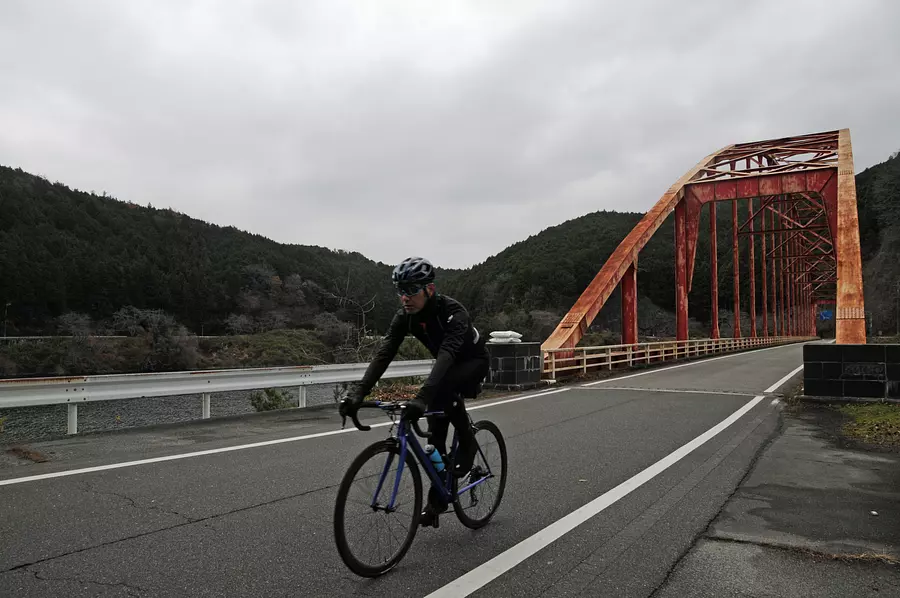
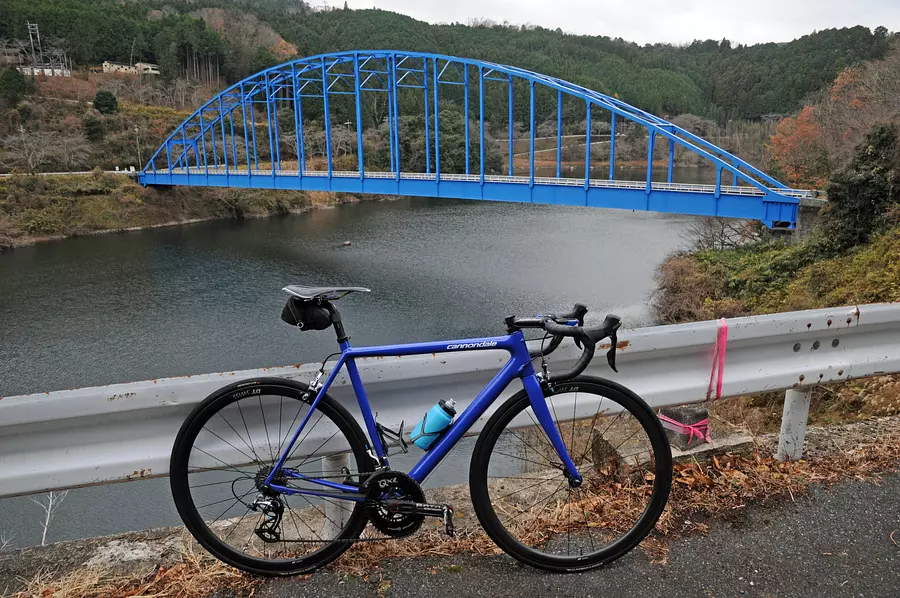
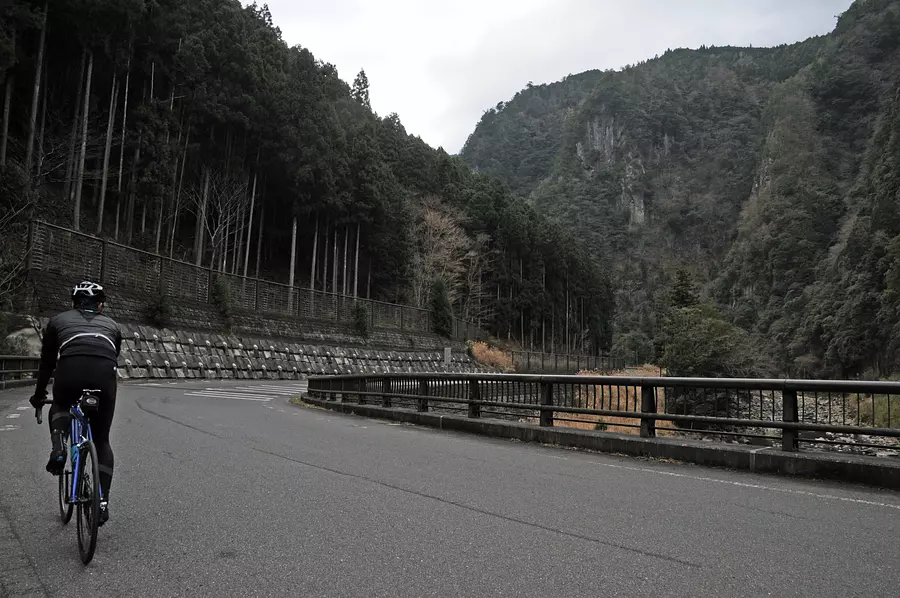
If you go south on Prefectural Route 81 with Shorenji Bridge on your right, you will see the KaochidaniValley Tunnel. Once you pass through the tunnel, your view will suddenly open up and you will finally enter KaochidaniValley.
KaochidaniValley is a valley created by the erosion of andesite deposited by volcanic activity 15 million years ago, and the columnar jointed rock faces tower over a length of approximately 8 km on both banks of the Shorenji River. There are also strangely shaped rocks such as Rakan Rock and Byobu Rock, and the entire valley is known as a famous spot for autumn leaves.
This time's top image was taken near Kamese in KaochidaniValley, but the area around Kimen-iwa Rock, Musha-iwa Rock, and Momiji Valley a little further on are also spectacular spots where you can see the autumn leaves.
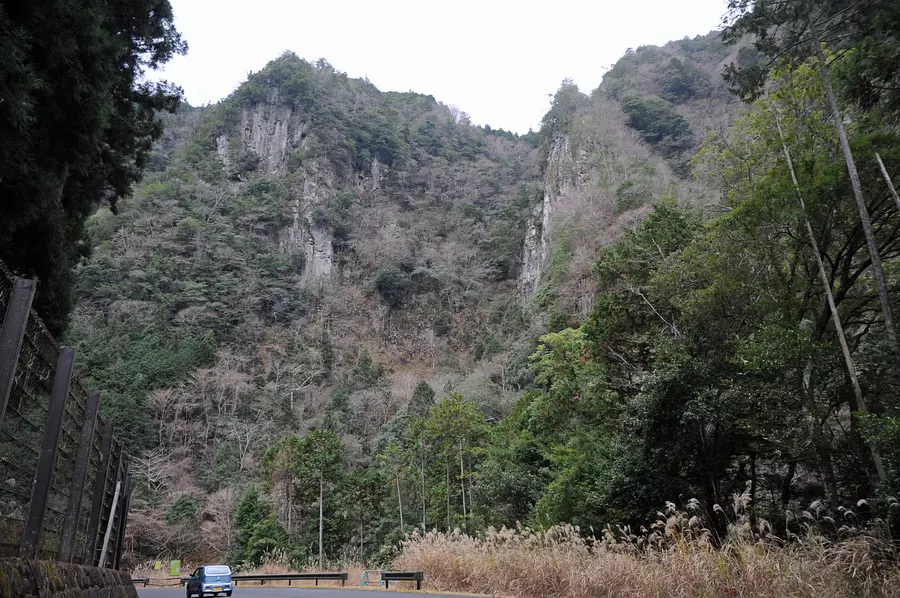
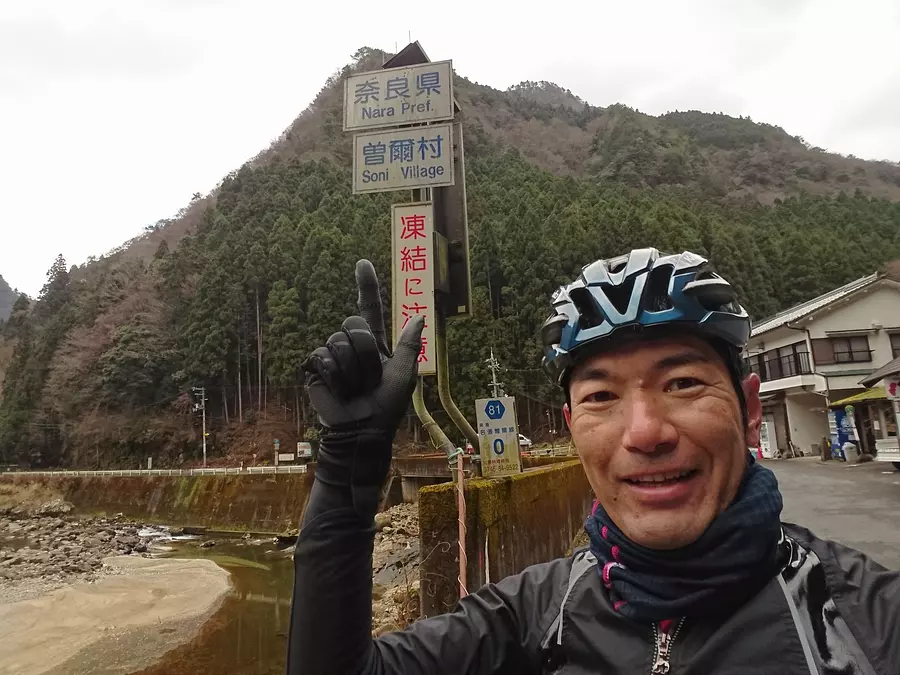
The prefectural road number is the same in Mie and Nara, but the distance marker heading towards Soni at the prefectural border had a value of 0. From here onwards is Nara Prefecture.
■ Hill climb to Soni Plateau, a famous spot for pampas grass
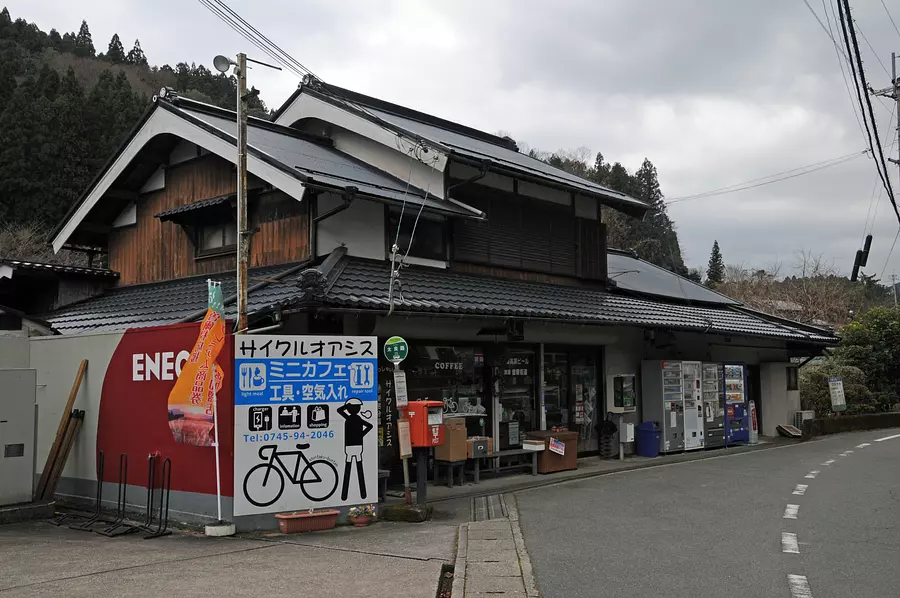
Continuing south along the prefectural road, the village of Igami will appear. The entrance to Soni Plateau is within this village, about 4km from the prefectural border.
Just before the entrance, you will see a facility called a cycle station on your right, which is adjacent to a gas station. The signboard has a picture of a bicycle on it, and there also seem to be bicycle racks, air pumps, and tools. It seems that cyclists are welcome, and there is also a cafe space, so let's stop by.
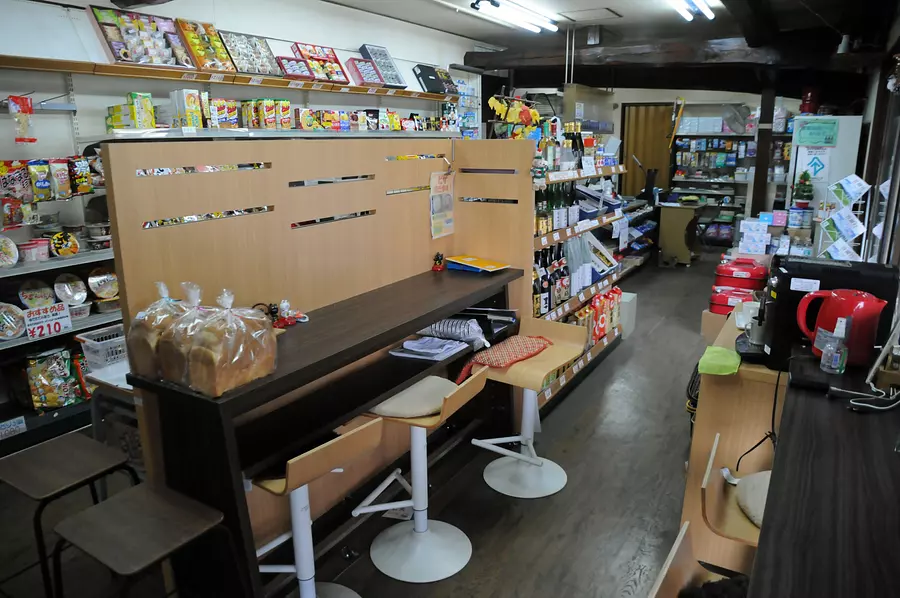
``Originally, we started the cafe to entertain hikers waiting for the bus, but since there were many cyclists, we also provided tools and air pumps to make it easier for cyclists to come,'' says the third generation owner. Mr. Takashi Shintaku.
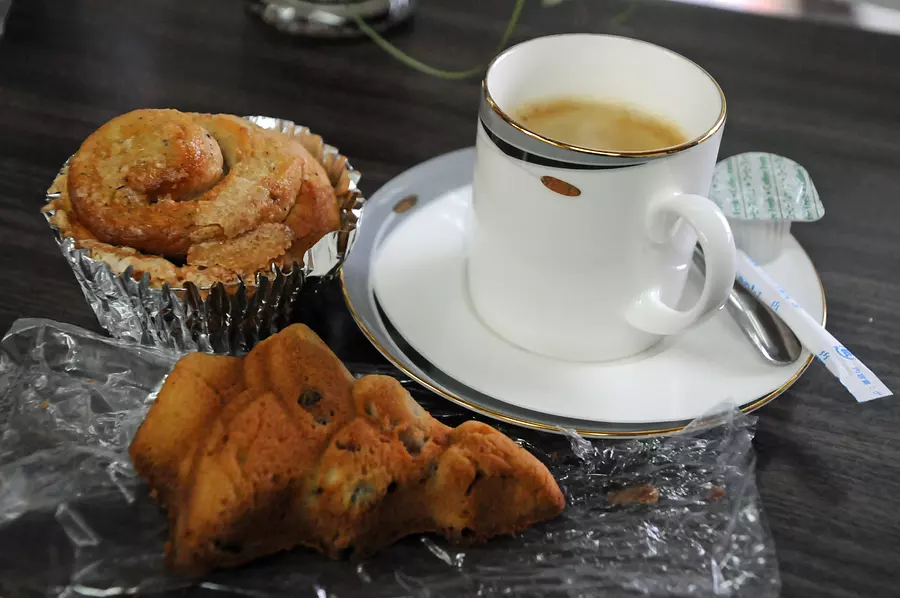
So this time, we will have tree fruit cake (160 yen), milk tea macaron bread (120 yen), and coffee (200 yen). The homemade bread, which is popular among locals, has a simple taste and is very delicious! The bread changes every month, so it's more fun to eat different bread in different months. Next time I would like to make a reservation and try the pizza!
Shintaku branch cycle station
Address: 8 Igami, Soni Village, Uda District, Nara Prefecture
Business hours: 7:00-19:00 (8:00-18:00 on Sundays and holidays)
Regular holidays: Irregular holidays
TEL: 0745-94-2046
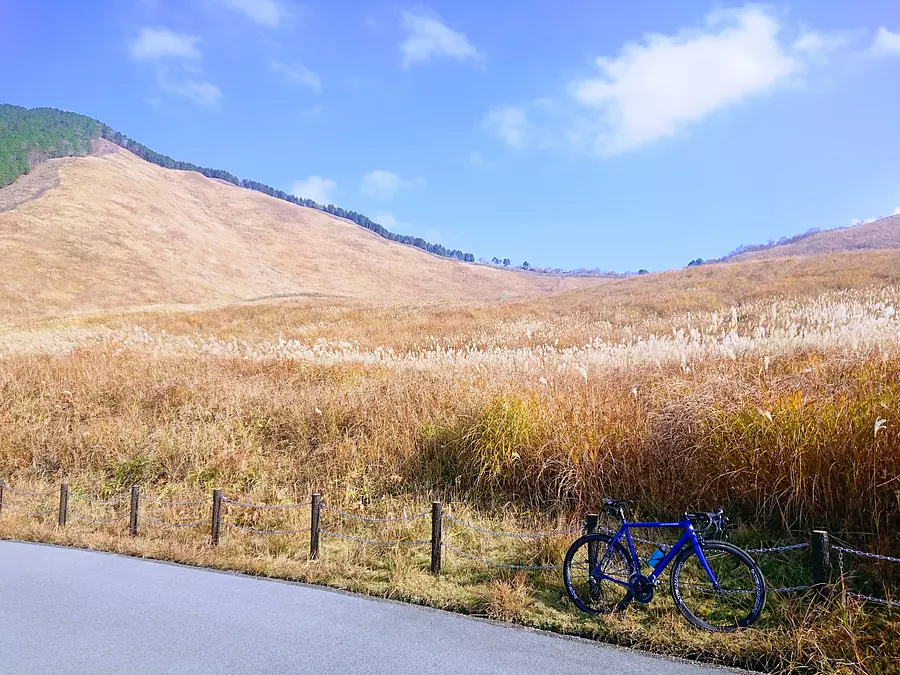
After taking a break at the cafe and replenishing our energy, let's tackle the first mountain of this course, the Soni Plateau hill climb!
Immediately after exiting the cycle station, turn left, cross the bridge, and soon the ascent to Soni Plateau will begin. The climb to Soni Plateau is about 4km in distance, the altitude gained is about 330m, and the average gradient is 7.8%, which is quite steep. Moreover, the steepest sections are concentrated in the latter half, with some very steep gradients exceeding 10% towards the end. Don't worry about speed, shift into a light gear early, and sometimes stand up as you take on the challenge! If you can climb up without touching your feet here, you will be able to clear most of the climbs.
At the top of the mountain is the Soni National Youth House, from which you can see a panoramic view of the silver grass fields of the Soni Plateau. There is a promenade inside the pampas grass field, but it is difficult to walk with road bike binding shoes, so it would be best to bring comfortable walking shoes.
The photo is of the pampas grass field on Soni Plateau. The best time to see pampas grass is from mid-September to late November every year.
Once you've had your fill of pampas grass, let's take a trip to Soni Kogen Farm. If the timing is right, you can enjoy the peaceful scenery of cows grazing.
After that, it's a rewarding descent to the center of Soni. The road is wide and has good visibility, and it's exhilarating to be able to speed up without having to pedal, but be careful not to go too fast!
■ Go through the valley, visit Akame Falls, and end up in a hot spring!
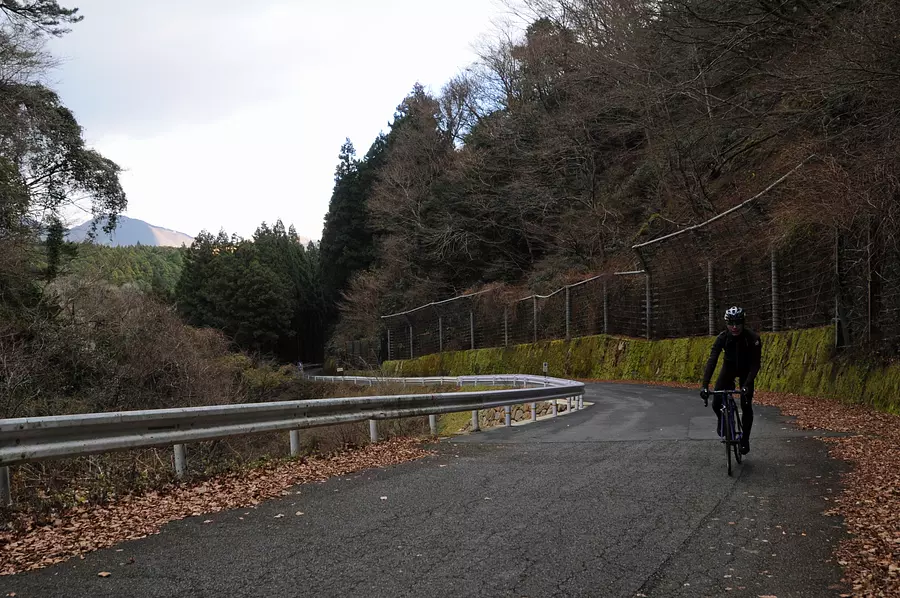
If you go down from Soni Kogen Farm towards Soni Village Office, you will come to Prefectural Route 81, which you were on earlier. Turn right, then immediately turn left and cross the Shorenji River, then turn right at the cho intersection, with Soni Village Hall on your left. Proceed for about 500m and turn left onto Prefectural Route 784, Akamekake Line. This is my second hill climb today.
The hill climb on the Akamekake Line is about 4km from the start to the peak, and the altitude gained is about 330m, and the average gradient is 8.2%, which is even steeper than Soni Kogen. The slope is particularly steep from the mid-way twist to the long run near the waterfall, so it's best to shift into a light gear early and pedal while standing.
On the ascent near the long waterfall, you can get a panoramic view of the Soni Plateau that you just climbed!
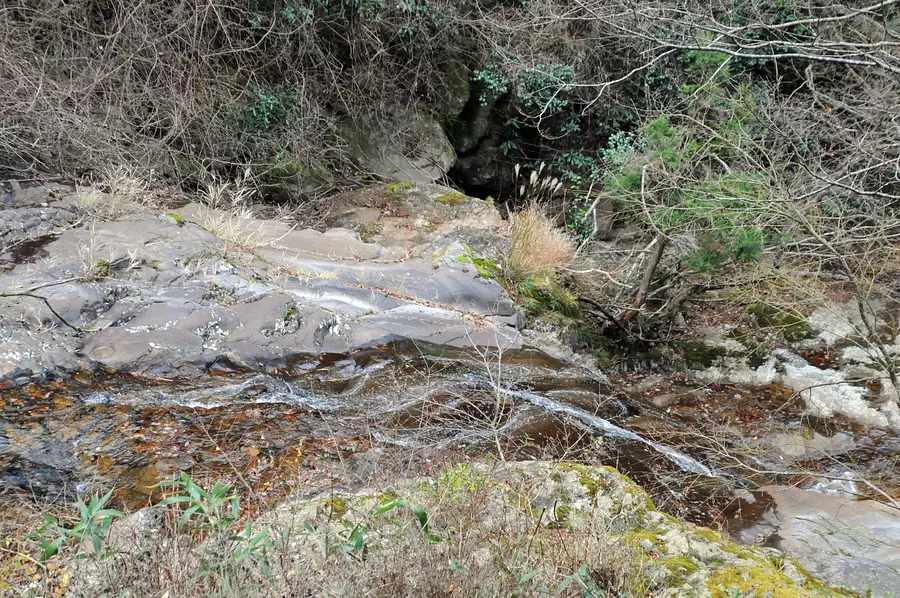
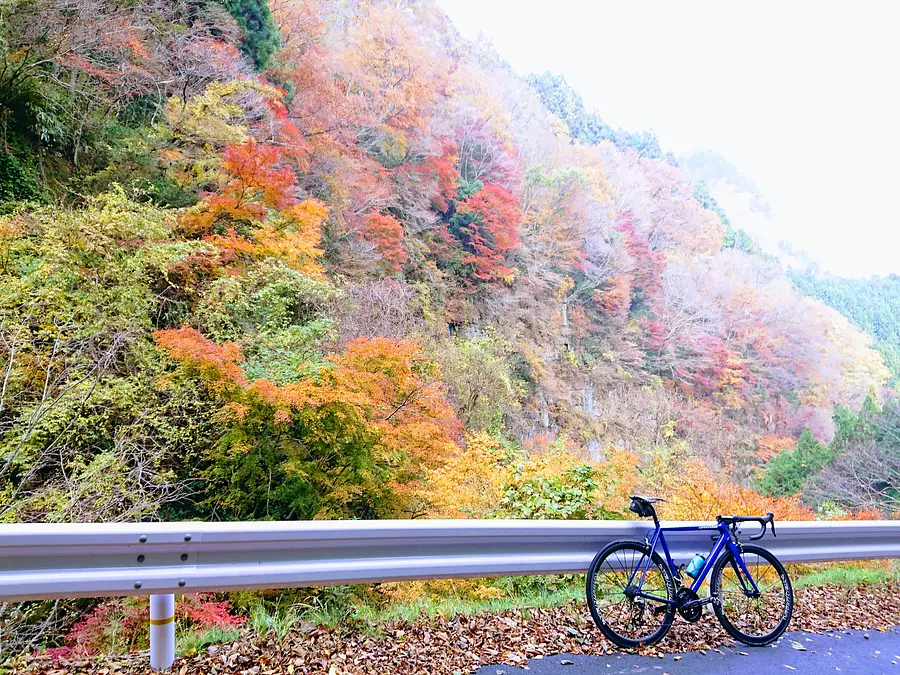
After enjoying the autumn leaves and waterfall, there is only about half of the climb left. The slope will be relatively gentle from here on out, but let's take it easy and use a light gear.
On the way down, the road is narrow, visibility is poor, and the road surface is rough in places, so please drive carefully.
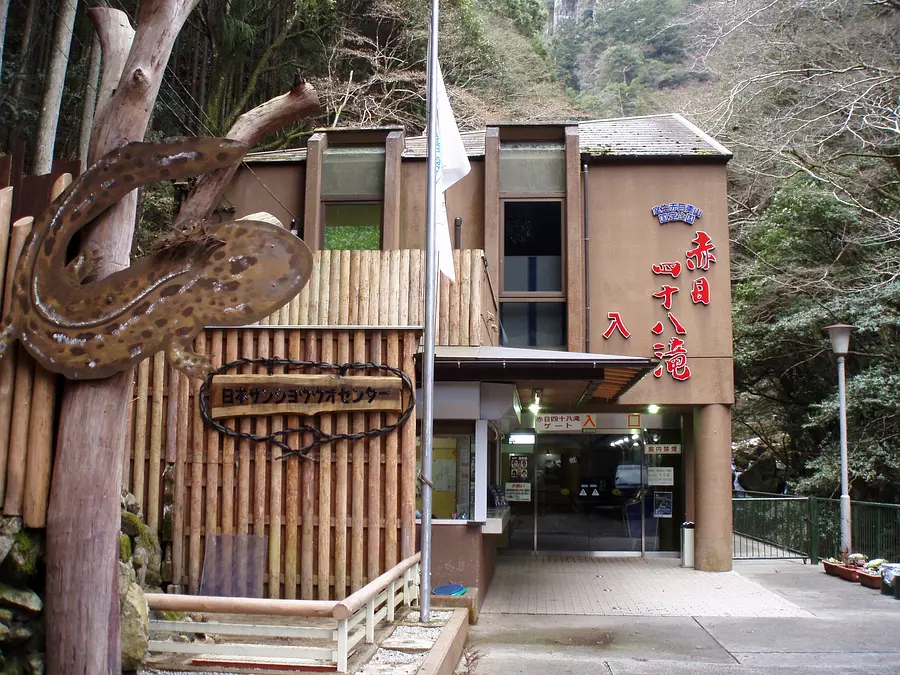
As you continue down Prefectural Route 784, you will see Akame Sansuien, a hot spring inn where you can take a day trip bath, on your right. Today's Shime hot spring is here, but before that, let's visit TheAkame48Falls.
To reach the entrance of TheAkame48Falls, transfer from Prefectural Route 784 to Prefectural Route 567 and walk up the Takigawa River for about 3 km. There is a Japanese salamander center at the entrance of the waterfall, and if you pay the admission fee (500 yen for adults, 250 yen for elementary and junior high school students) here, you can tour the Japanese salamander center and Akame 48 Falls. You'll be walking a lot from here, so park your bike at the cycle rack and change into comfortable shoes.
At the Japan Salamander Center, there are about 50 salamanders of nine types, mainly domestically produced, on display, including the giant salamander, which is a special natural monument. Akame is known as the habitat of the giant salamander, and the giant salamander kept at the museum was apparently born in Akame. It is said that the giant salamander cannot grow unless it is in a place with abundant nature and clean water, so the Akame is a testament to the richness of nature.
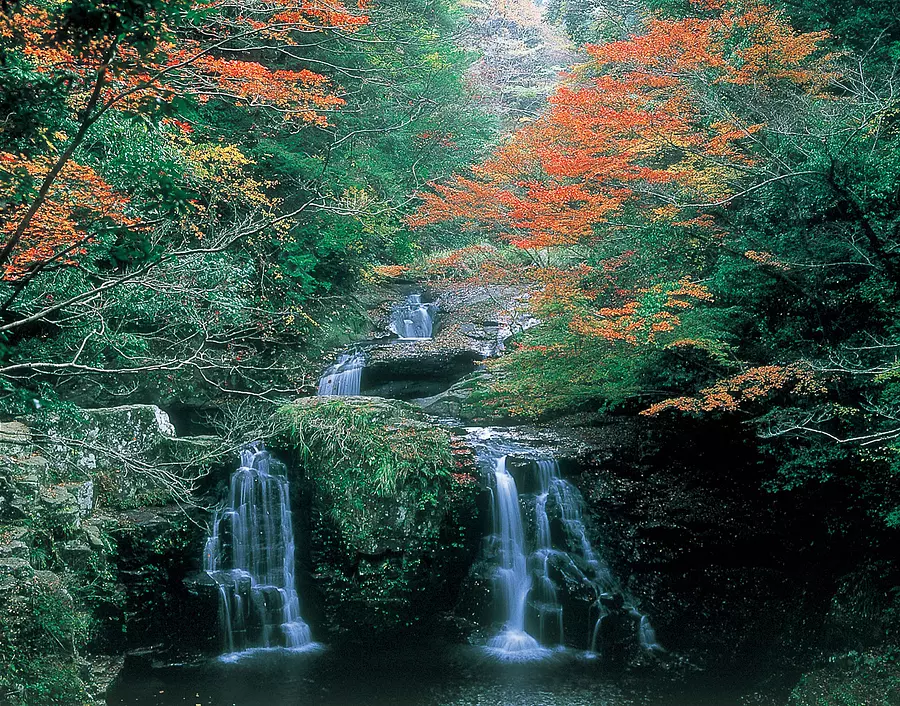
The name Akame comes from the legend that Fudo Myo-o appeared riding a red-eyed cow while En-no-Ozuno was on his way to a waterfall. The 48 waterfalls refers to the large number of waterfalls, and there are many waterfalls named after Buddha. This is a mandala map of the natural landscape of Akame, and it is believed that visiting all the waterfalls will make your wishes come true.
It is also said that Momochi Sandayu, the founder of the Iga ninja, and his disciples trained in this area. In other words, TheAkame48Falls was a spiritual place, a place for training, and an object of worship.
Nowadays, it is also known as a famous spot for viewing autumn leaves, and in winter you can sometimes see frozen waterfalls. It goes without saying that the season of fresh greenery is beautiful. You can enjoy rich nature throughout the four seasons.
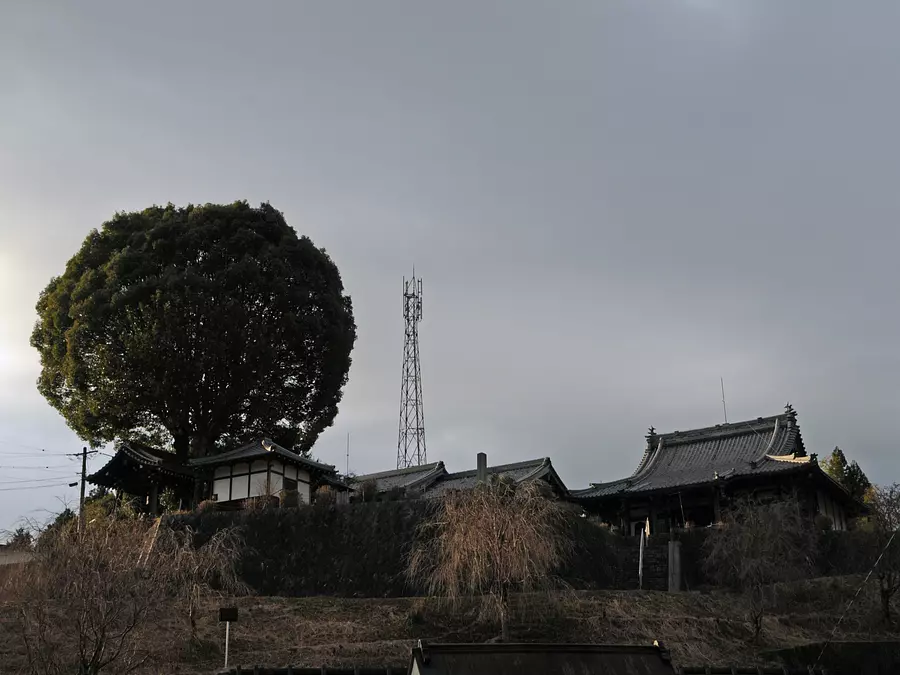
After enjoying your walk around the waterfall, visit Shorenji Temple, an ancient temple from which LakeShorenji and Shorenji Dam are named.
Shorenji Temple is a temple of the Daigo sect of the Shingon sect. According to legend, Kukai (Kobo Daishi), the founder of the Shingon sect of Buddhism, came to this area on a missionary mission about 1,200 years ago, and it was later built by local residents. It is said that Shorenji Castle was built during the Muromachi period, but now only the earthworks remain behind the temple.
The temple is also known as a famous place for lotus flowers, and around August, the temple grounds are full of blooming lotus flowers. The chief priest started planting them about 15 years ago, and there are now about 180 pots of 50 different varieties. Among them is the Oga lotus, a Yayoi period lotus that was discovered in Chiba Prefecture about 70 years ago. I would like to visit again during the summer lotus season!
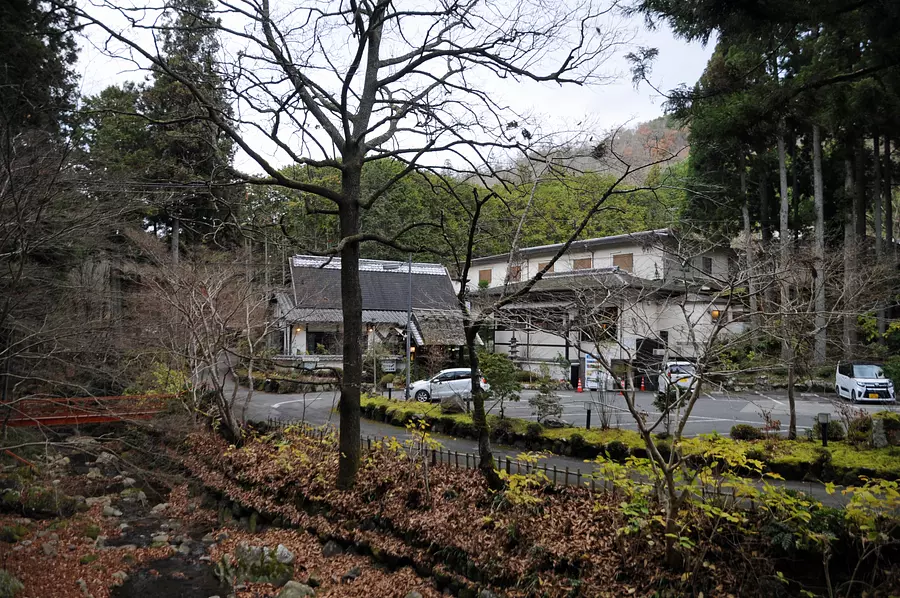
The hot spring in Shime this time is Akame Onsen Sansuien, which was located on the way down from the Soni area after chasing the second hill climb. This is a quiet hot spring inn surrounded by nature, along the mountain stream of the Takigawa tributary.
Not only can you stay overnight, but you can also take a day trip to the baths!
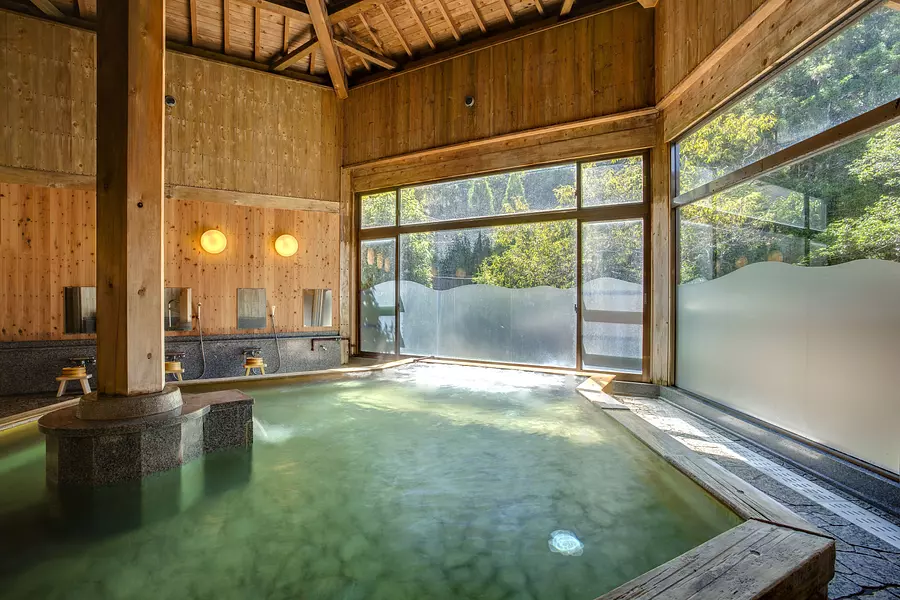
The spring quality is a simple and weakly radioactive mineral spring, and is said to boast the highest natural radon content in the Kinki region. It is said to be popular among women as a ``skin-friendly beauty and health hot spring'', but it is also said to be effective in relieving muscle pain and recovering from fatigue, making it the perfect hot spring to soothe after cycling!
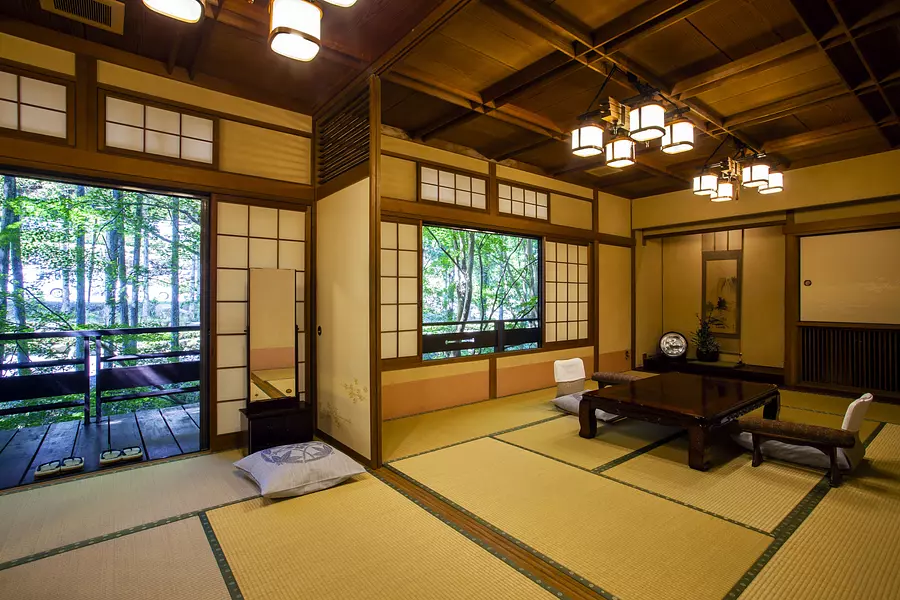
What a luxury to be able to enjoy cycling and replenish your energy with hot springs and delicious food! During the winter, there is a risk of roads freezing at high altitudes, so be sure to go for a run when the weather warms up!
Akame Landscape Garden
Accommodation: Weekday bathing deals! 1 night and 2 meals from 13,000 yen per adult (for 4 people in 1 room)
*Various other accommodation plans available
Hot spring only: 800 yen for adults, 500 yen for children
*300 yen discount on bathing fees if you order a meal over 1,500 yen (excluding tax) at the restaurant in the same building.
Hours: Weekdays 10:00-21:00, days before holidays and specified days 10:00-15:00
TEL: 0595-63-1034 *For reservations and inquiries, 0120-375-526
WEB: http://www.akame-sansuien.jp/
Article creation/Mashinori Asano
*The photos in this article were generally taken in December, but the autumn leaves and pampas grass were taken separately in November.
| Category | |
|---|---|
| season | |
| area |

